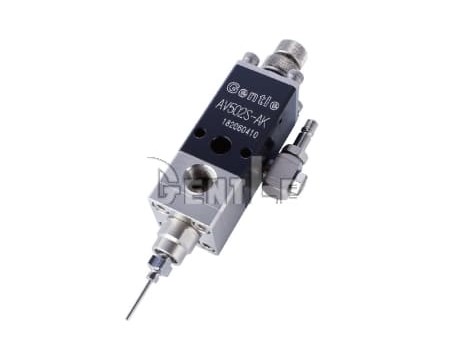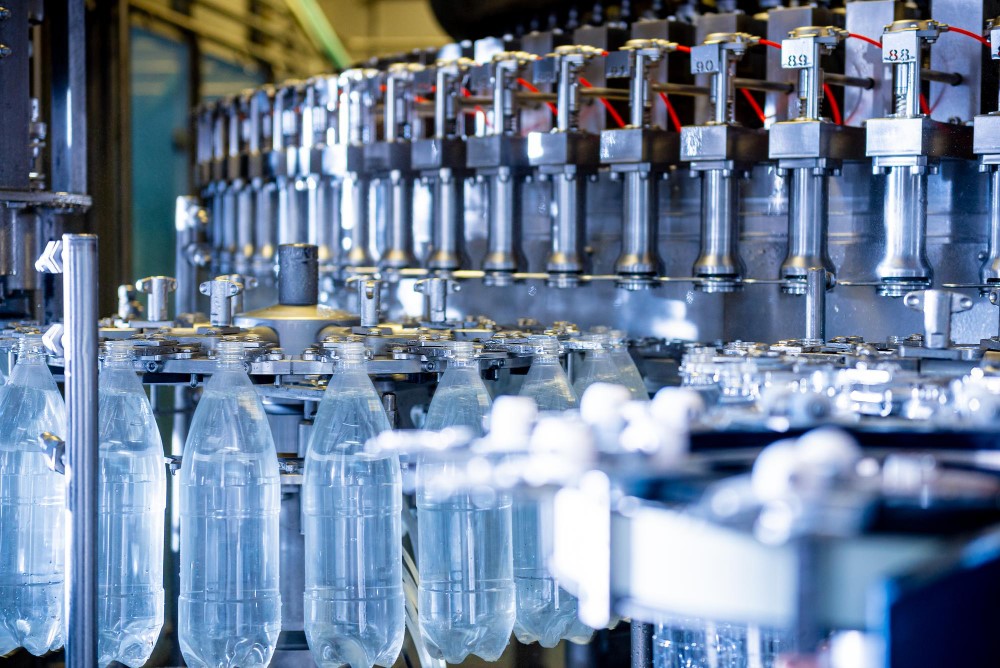Have you ever wondered what dispensing is? It's become an essential tool in manufacturing across various industries. In just 3 minutes, we'll explain what dispensing is, how it works, and why it's so important. From electronics and automotive to medical devices and beyond, dispensing technology plays a vital role in improving product quality and reliability worldwide.
Table of Contents
What is Dispensing Technology?
Dispensing technology involves precise application of adhesives or sealants to specific locations during the manufacturing process. The goal is to bond, seal, protect, fill, or assemble various components, ultimately enhancing product quality and performance.

Dispensing systems rely on accurate valves, and the size of the needle plays a crucial role in ensuring the success of the process.
In simple terms, dispensing refers to devices used for " Micro-Quantitative Liquid Dispensing," which are seen in everything from beverage dispensers to soap dispensers to packaging machines. This technology is used in industries ranging from aircraft manufacturing to toys and even microchip production.
Common Examples:
You've likely encountered dispensing technology in everyday items such as soap dispensers for shampoo or hand soap, beverage dispensers at restaurants, or soft-serve ice cream machines in convenience stores. These are all examples of dispensing systems at work. In fact, any application involving flowing liquids, like adhesives, requires the precision that dispensing technology offers.

The application of dispensing and filling plays a crucial role in many everyday items we use.
7 Key Industries Using Dispensing Technology:
| No. | Industry | Application Overview |
| 1. | Electronics | Used for assembling, protecting, and sealing components like semiconductors and circuit boards. |
| 2. | Automotive | Applied in sealing body parts, headlights, windows, and interior decorations, as well as bonding components and lubricating engine parts. |
| 3. | Aerospace | Used for structural bonding, sealing, vibration damping, adhesion, and composite material manufacturing for aircraft. |
| 4. | Medical Devices | Applied in assembling and sealing components in medical devices, including syringes and other medical tools. |
| 5. | Optics & Telecom | Used in the assembly of optical components like lenses, fiber optics, LEDs, and optical lenses. |
| 6. | Packaging | Ensures sealing and packaging integrity for food, pharmaceuticals, cosmetics, and industrial products. |
| 7. | Hardware & Machinery | Used for part fixation, lubrication, sealing, and assembly in hardware and machinery production. |
6 Major Benefits of Dispensing Technology:
1. High Precision
Dispensing systems provide precise control over flow, pressure, and needle movement, ensuring adhesives are applied exactly where needed.
2. Boosted Productivity
Automated dispensing systems increase production efficiency, reduce material waste, and improve overall product yield.
3. Versatility in Adhesives
Dispensing can handle various adhesives, lubricants, sealants, and thread sealants, making it adaptable to diverse production needs.
4. Cost Savings
Precise control over adhesive flow minimizes waste, reducing costs and enhancing production efficiency.
5. Strong, Reliable Bonds
Dispensing technology ensures strong bonding that prevents parts from cracking or detaching, improving product durability.
6. Cross-Industry Applicability
Dispensing technology is used across multiple industries, including electronics, automotive, aerospace, medical, optics, and food production.
Why Dispensing Technology Matters
Dispensing technology not only enhances production efficiency and improves product quality, but it also reduces operational costs. As technology continues to evolve, dispensing will play an increasinlgy important role across industries, driving business growth. We recommend GATO Automatic's dispensing solutions to streamline your manufacturing processes and maximize efficiency!
Further Reading:
What is a Dispensing Machine? Easy Operation & Principles Explained!
How to Use a Dispensing Machine? Key Tips, Sequence, and Precautions!